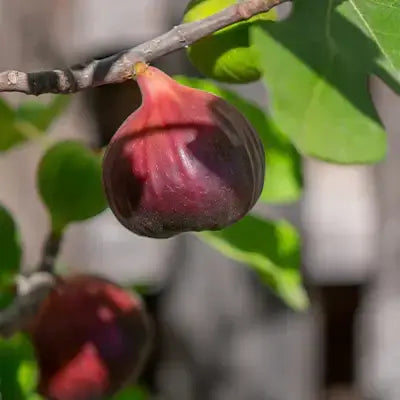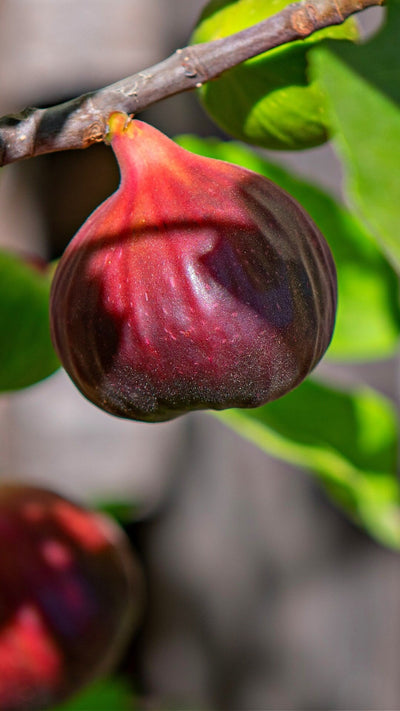If you want to bring a touch of elegance and earthy warmth to your garden, you should consider adding a brown turkey fig to your landscape
The brown turkey fig is a Mediterranean native that produces delicious, sweet fruits and is easy to grow and maintain. Not only does the brown turkey fig provide a unique and attractive look to your outdoor space, but it can also offer a variety of uses for your home. This guide will show you the attributes of the brown turkey fig, its usefulness in cooking and landscaping, and ideas for how to use it in your garden.
Attributes of Brown Turkey Figs
The brown turkey fig is a broadleaf evergreen native to the Mediterranean region. It is a vigorous grower and multi-stemmed tree that can reach heights of over 50 feet. Its dark green leaves are broad, long, and oval-shaped with serrated edges. The Brown Turkey Fig has several cultural requirements for healthy growth. This includes proper pruning to encourage branching and reduce disease. The fig also requires regular watering and a fertilizer rich in nitrogen.
Landscaping Ideas Using Brown Turkey Figs
When landscaping with fig trees, you should remember that they require room to grow and spread out. Therefore, it is best to plant them in the back of your garden, where they will have the space they need while allowing other plants to be visible in front. If you are limited on space, you can plant a dwarf variety of fig tree that only grows to 6 feet high. Fig Trees have beautiful, glossy leaves that add color and texture to your garden. They are great as specimen plants or as additions to a perennial garden.
Pest and Disease Prevention
The brown turkey fig has few pests or diseases that affect its growth. However, if you notice a sudden change in the health of your fig tree, you should contact your local agricultural extension office to find out what might be causing it. They can test the leaves or bark of the tree to see if it is attacked by disease or pests. Although the brown turkey fig has a few issues, you can do a few things to protect it from infection. First, you should avoid planting your fig tree in an area that receives too much water. Water that sits around the roots of a fig tree can create an environment where disease can thrive. You should also avoid pruning your fig tree after the first frost.
Conclusion
The brown turkey fig is a beautiful tree that can add color and texture to your garden. This Mediterranean native produces delicious fruits and is easy to grow and maintain. A brown turkey fig is an excellent choice to add a touch of elegance and earthy warmth to your outdoor space. They are attractive, have few pests and diseases, and offer a variety of uses. Whether you are landscaping or you want to bring some delicious figs indoors, the brown turkey fig is a great option.


